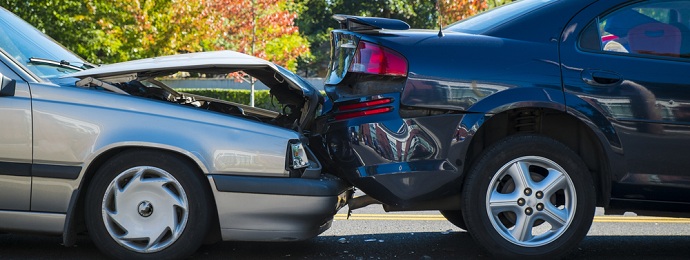 Auto insurance is one item that we buy hoping that we will never have to use it. While I don’t know anyone who enjoys paying for it each month, we understand it is important (and it is required by law if you own a vehicle!) so we go ahead and keep paying for it.
Auto insurance is one item that we buy hoping that we will never have to use it. While I don’t know anyone who enjoys paying for it each month, we understand it is important (and it is required by law if you own a vehicle!) so we go ahead and keep paying for it.
However, just because you have to pay for it doesn’t mean you should be overpaying for it. When was the last time you reviewed your coverage? While this may not be the most fun you will have in an afternoon, if you haven’t reviewed your insurance documents recently, you may be missing out on some cash that you can apply to some of your other financial goals.
Today I am going to briefly review auto insurance and give you a few tips for how you may be able to save some money on it.
Your auto insurance has several different types of coverages:
- Bodily Injury Liability per person
- Bodily Injury Liability per occurrence
- Property Damage
- Uninsured/underinsured coverage
- Comprehensive
- Collision
Bodily Injury Liability per person
If you cause an accident, this coverage covers people outside of your vehicle who sustain injuries. Whatever the amount is in this section (i.e. $30,000) is the maximum your insurance will pay for each person who is injured.
Bodily Injury Liability per occurrence
This is the same as the bodily injury per person, but it is the maximum your insurance will pay per occurrence. For example, if you have $30,000 in coverage per person, and $60,000 per occurrence and two people are injured by you and have bills of $35,000 each, your insurance will only pay $30,000 for each one because they reach both the limit per person and maximum per occurrence.
Imagine that there were four people injured and each had $30,000 worth of medical bills. How much does each person get then? $15,000 (maximum of $60,000 per accident – $60,000 divided by four people gives you $15,000).
Property Damage
If you cause an accident this covers property that is damaged – whether it is a mailbox or other vehicles.
For bodily injury and property damage state minimums are usually fairly low. For example, in Missouri it is $25,000 per person, $50,000 per occurrence and $10,000 in property damage. In Utah it is $25,000 per person, $60,000 per occurrence and $15,00 in property damage. Hopefully you can see how quickly you can surpass these limits. You can cause more than $10,000-$15,000 in damage in even a fairly minor accident.
I strongly suggest you purchase the highest Liability (Bodily Injury and Property Damage) that you can afford. Increasing these will give you peace of mind that if you cause an accident you won’t personally be liable for medical bills and property damage up to a high limit. I actually don’t sell any policies that are less than $100,000 per person, $300,000 per occurrence and $100,000 in property damage (or 100/300/100).
Uninsured/Under-insured motorist coverage
If someone who is uninsured or under-insured hits you and you are hurt, this clause of your insurance will help pay your medical bills. Some states require you to have some uninsured motorist coverage.
Comprehensive
This coverage pays out when your vehicle has been damaged in some way (except in a collision). For example, if your vehicle sustains storm damage or a vandal keys your car this coverage will help pay to fix the damage.
Collision
If you hit something (car, tree, pole, etc.) this coverage will help pay to fix the damage.
Both comprehensive and collision have a deductible that you will have to pay before the insurance company kicks in any money.
Money Saving Tips
My first tip to help save you money is to review your deductible for comprehensive and collision. If you can afford to increase your deductible I would encourage you to consider it. You would be responsible for meeting the full deductible before any damage is paid out, so you would need cash set aside in your emergency fund to help pay this, but increasing your deductible will save you money on your monthly bill.
If you drive a very old, essentially worthless car that is paid for consider whether it is worth keeping comprehensive and collision. If your car was totaled and the insurance company would only pay you $200 because that is all it’s worth then you are probably better off dropping this coverage. Keep in mind that if your car is damaged (other than in an accident that someone else causes) you would then be liable, in full, for any damages to your vehicle.
Finally – shop around for quotes occasionally. Have you been with the same insurance company for ten years because you saw an ad that said they can save you 10% on your car insurance? It never hurts to check around to see if you can get the same or better coverage for less money. You can usually get a few quotes online fairly easily. You can also check with an independent insurance agent who can shop a number of different companies and find you the best deal.
For those in Utah, I sell auto and home insurance and actually take care of the shopping part for you. My company rate-shops 10-15 companies to find you the best deal. Contact me if you would like more details.